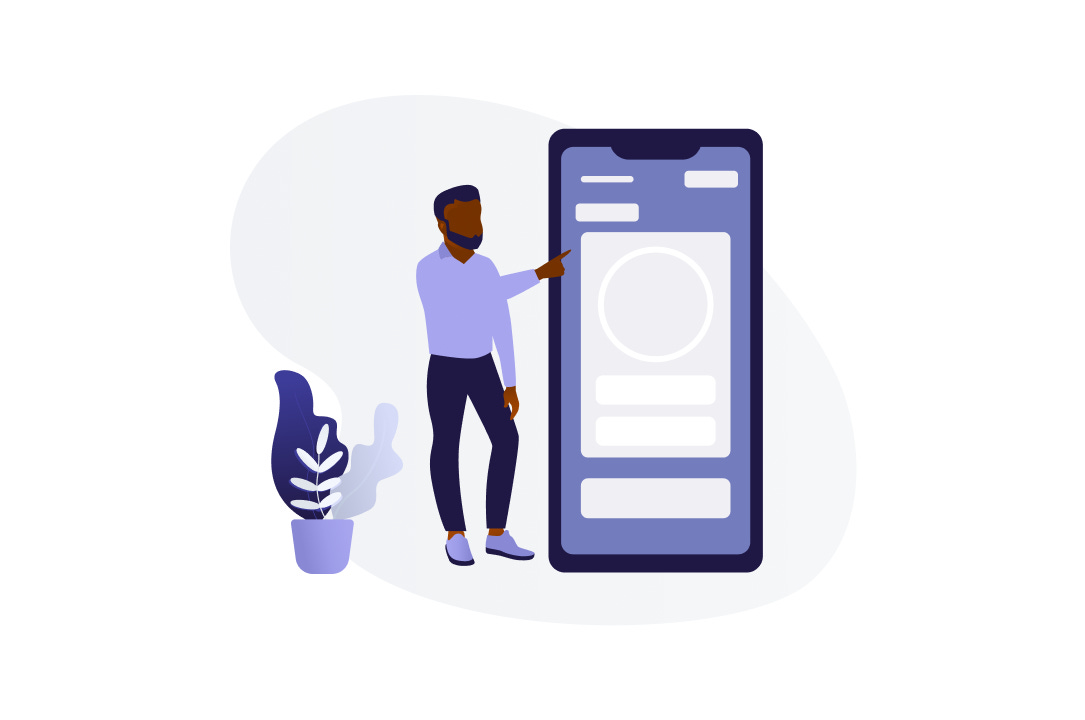Free "No-code" App Development, Here I Come
FTF23
I’m not a developer, but I have some coding abilities. Regardless, it would take me a long time to develop an app. To speed up and hit my June 22nd launch date, I’ve decided to use a no-code app development platform to build my app.
If you’re joining us, this is FollowtheFox—a weekly newsletter that chronicles my experience creating four products in a year. If you’re curious about this experiment, sign up here to get notifications when releasing new newsletters. Paid members get bonus material.
No-code 101
No-code development platforms lower the learning curve for anyone developing an app. These platforms use graphical interfaces with prebuilt components to aid in development. It makes app development feel like putting together lego pieces instead of typing in a cryptic coding language. Like legos, you still need a vision of what they want to build before starting. Once you have an idea, though, it’s only a matter of putting the pieces together.
My preferred no-code platform
After researching different no-code platforms, I’ve decided to use Appgyver because it’s cheap and there’s no vendor lock-in.
Appgyver is free to use for individuals or companies with $10 million or less in revenue. The other platforms I’ve explored are free to try then charge between $25 to $475 per month depending on how much traffic you get. That’s a considerable expense that wouldn’t make sense for me to take on at this stage. So I won’t, since Appgyver is entirely free.
In addition to avoiding hefty subscription fees, I also want to stay clear of vendor lock-in. You can measure vendor lock-in by assessing the level of dependency you have on a product or service. The higher the dependence, the more you’re “locked in” to that platform. For example, if you create some graphic in Adobe Photoshop, you must remain a paid subscriber to Adobe to make future edits to that graphic. You can’t open and edit a Photoshop file using another app. All the other no-code platforms I explored require you to remain a subscriber to access your app and its source code. Appgyver, however, allows you to download the code it generates for your app, giving you the flexibility to stop using their platform at any time. Very cool.
I’ve looked at other apps, but none of them offered this level of flexibility at this price point.
Next step
Using no-code platforms lower the learning curve, but it doesn’t eliminate it. My next step is to get more familiar with the functionality of Appgyver. Once I understand the basics, I’ll start working on my app.
Caring is sharing
Feel free to forward this newsletter/post to anyone interested in no-code development.

